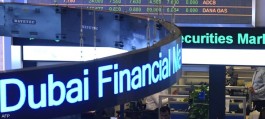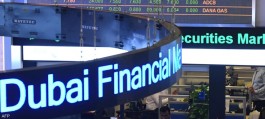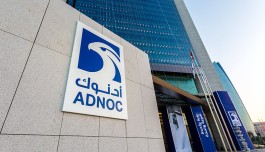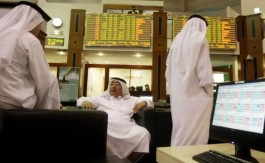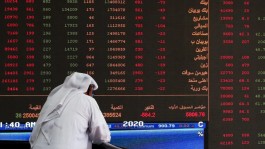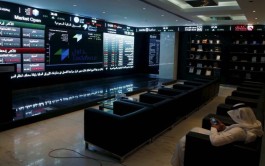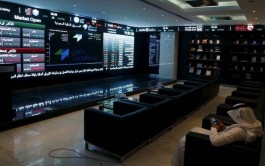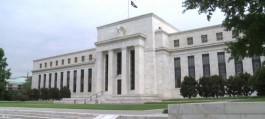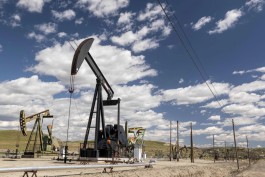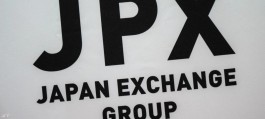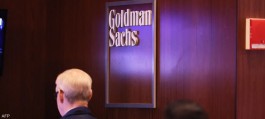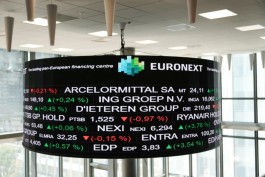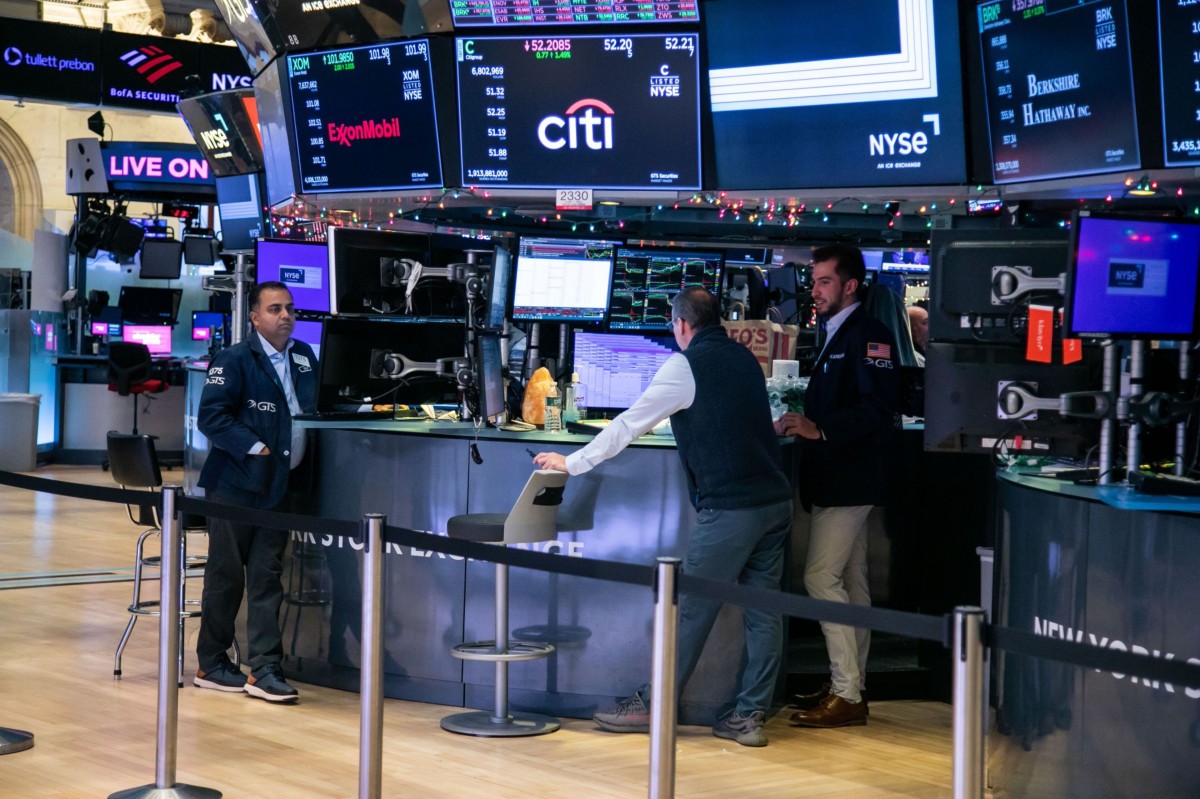Financial markets have so far defied analysts’ pessimistic expectations; investors and analysts had anticipated a wave of volatility and volatile performance, with expectations that bad news could shock the market. However, so far, things have gone against expectations.
Although the month is usually a tense one, especially with the election approaching, the S&P 500 continued to climb, setting 45 new records for 2024. This is despite factors that have worried investors, such as the rise in the consumer price index, increasing unemployment claims, rising bond yields, and expectations of less interest rate cuts from the Federal Reserve.
Key factors:
Inflation: Still falling faster than the economy is slowing, indicating relative stability.
Monetary Policy: The Federal Reserve has begun cutting short-term interest rates, while corporate profits are expected to increase, a rare combination.
GDP: Continues to beat expectations, boosting investor confidence in the strength of the economy.
Credit markets: remain very strong, indicating the stability of the financial system.
Expectations:
Given this, investors’ bullish outlook on the market’s long-term performance remains strong. The collective expectation that the market will see a post-election rally at the end of the year appears at least as strong as the volatility that was expected in October, according to CNBC.
Sure, there’s still time in the month for corrections, but for now, those reassuring fundamentals, combined with a widespread belief that the economy is on a soft landing and growing concerns about seasonal risks, have produced a rare “21-21-21” market: The S&P 500 is up 21% year-to-date, the price-to-earnings ratio is above 21, and the Cboe Volatility Index is holding steady at around 21.
The 21.9% gain is the best performance for this time of year since 1997, and the best ever in a presidential election year. The five-month streak of gains (plus five straight weeks so far) shows the kind of continuity that doesn’t typically precede a real-economy collapse.
In the first half of the year, everyone knew that the tech giants were largely driving the index’s gains. But since June 30, the equal-weighted S&P 500 has risen 9.5%, more than three times as much as the Nasdaq 100. While known as the “Magnificent Seven” of large-cap stocks, it has seen significant variations over the past three months, suggesting a more discriminating approach to investing and less reliance on a narrow set of stocks.
The result is a more balanced market that has managed to correct the big rally in large-cap technology stocks without decisively breaking the long-term uptrend in the Nasdaq 100.
Risk to return ratio
While the broader market has managed to set records, we’ve seen a marked slowdown in momentum over the past three months, with larger dip tests and a less generous risk-reward offering. An investor who bought at the S&P’s peak in mid-July would have seen a rapid 8% loss in three weeks. Since July 16, the overall upside has been limited to 2.6%.
The index’s forward price-to-earnings ratio of 21.8 is undoubtedly high. Readings higher than that have not been sustained in the past 50 years, except for two periods: the dot-com bubble burst of 1999-2000 and the wild bull run during the Covid-19 pandemic.
It’s hard to ignore the math that suggests long-term returns will be constrained for investors paying current prices, even though valuations don’t give much indication of near-term returns. Since about 1990, valuations have risen as the index itself has become less volatile and better quality, public investment flows have become less sensitive to valuation, and the Fed has become more transparent.
In the near term, this suggests that stock prices may be consistent with a “soft landing” scenario, one that will be believed or questioned based on the evidence that continues to come in.
However, when earnings are rising and the Fed is in an accommodative mode, as is the case now, there is usually not much pressure on the market's price-to-earnings ratio.
FactSet expects third-quarter earnings to easily beat lowered expectations, posting 7% year-over-year growth. After earnings season, forward estimates will be extended another three months of hope, allowing the market to rally even from a pricey starting point.

